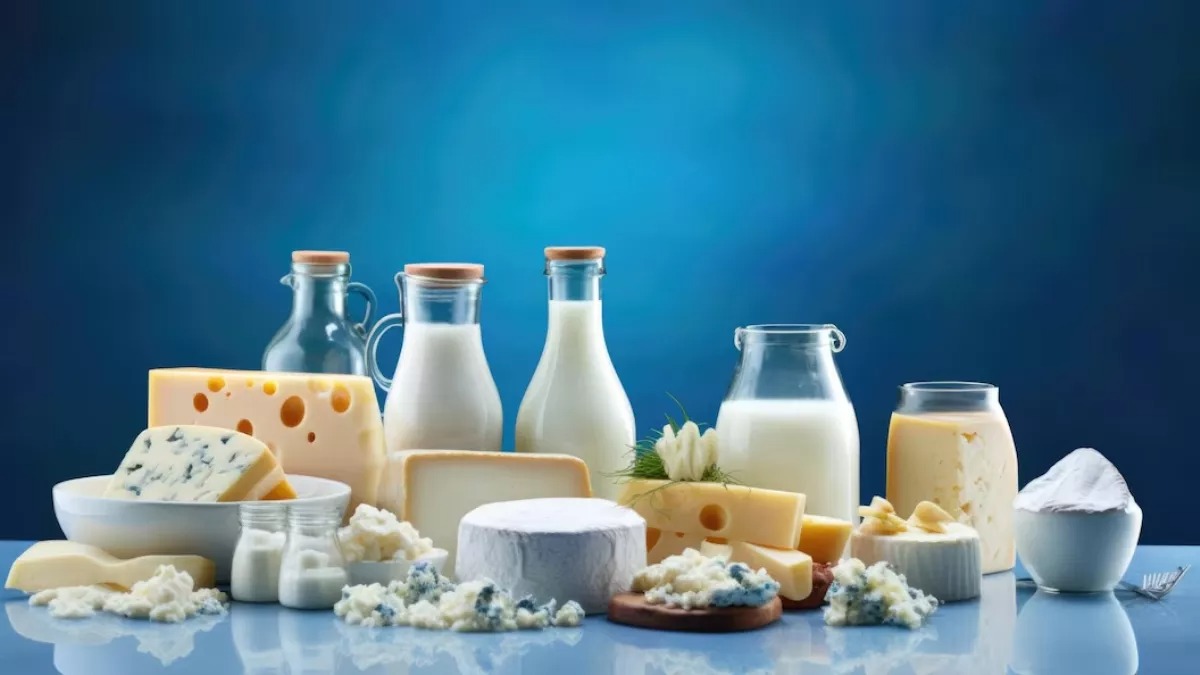
New Delhi: The retail price of tomato in the market is 70-90 rupees per kg but the farmer who produces it gets only 33 percent of it. Similarly, farmers get only 37 percent of the retail price of potato and 36 percent of the retail price of onion. This has been said in a study paper released by RBI on Thursday.
Now, when RBI's inflation management fails many times due to inflation of food products, it has published four study reports on the retail prices of 12 major food products and all the dimensions related to it. It shows that when the retail prices of tomato, potato, onion, banana, mango, grapes, gram, pigeon pea, moong, milk, poultry products and eggs increase, farmers do not get much benefit accordingly.
These reports also show that compared to common food products, farmers associated with pulses, poultry or milk have a higher share in the retail prices. For example, farmers' share in the retail price of milk is 70 percent, in poultry products it is 56 percent and in eggs it is up to 75 percent.
Similarly, farmers get 75% share in the retail price of gram, 70% in moong and 65% in tur. In other words, whenever the prices of protein based products increase, farmers will get more profit accordingly.
Similarly, farmers get 31 percent of the retail price of banana, 35 percent of grapes and 45 percent of mango prices. In recent years, it has been seen that due to the inflation of food products, the calculation of overall inflation gets distorted. This is the reason why RBI has started paying more attention to food inflation.
However, RBI's role in controlling inflation of food products is very limited. If we look at the situation of potato prices in the report, it comes to light that if a common customer has paid Rs 100 for a kilo of potato, then out of this, Rs 36.7 goes to the farmer, Rs 16.2 goes to the traders, Rs 16 goes to the wholesaler and Rs 31 goes to the retail shopkeeper.
The situation is more or less the same with onions. Here farmers get 36.2 percent, traders get 17.6 percent, wholesalers get 15 percent and retailers get 31.3 percent. Farmers also have to bear the cost of transportation etc. In order to maintain stability in the prices of tomatoes, onions and potatoes (TOP), the report has suggested setting up as many Farmer Producer Organizations (FPO) as possible in the country, improving the marketing of agricultural products and starting future trading.
Read More: Promoters News: Major relief to the promoters of this bank in the Rs 5383 crore fraud case
--Advertisement--

 Priya
Priya Share
Share



